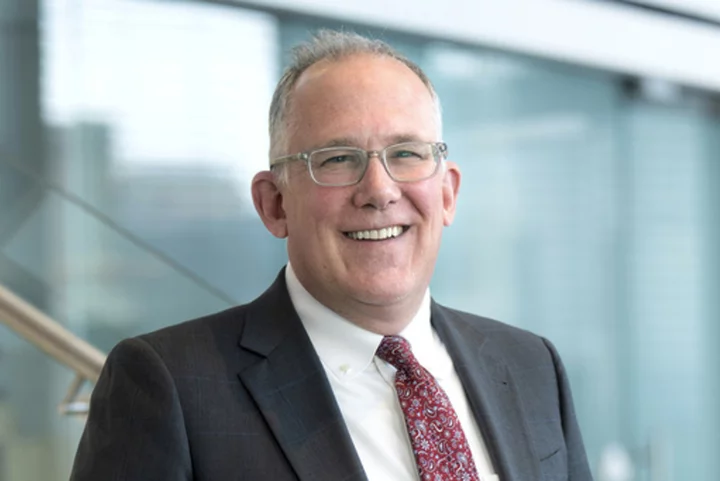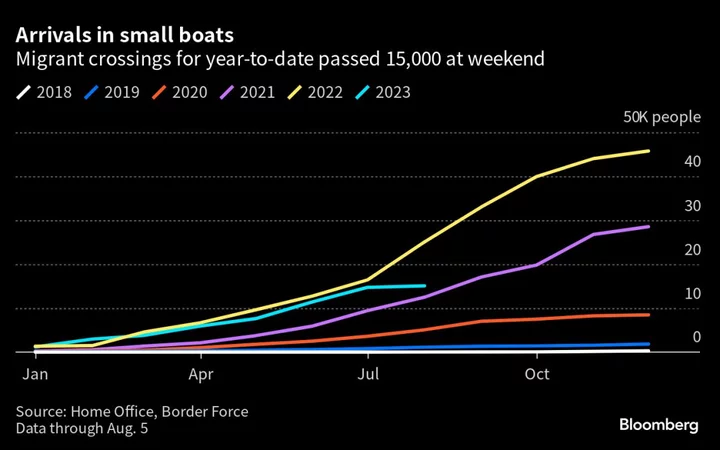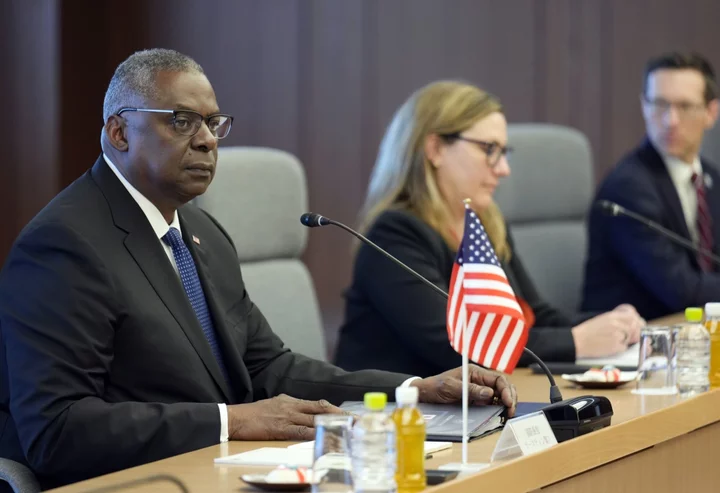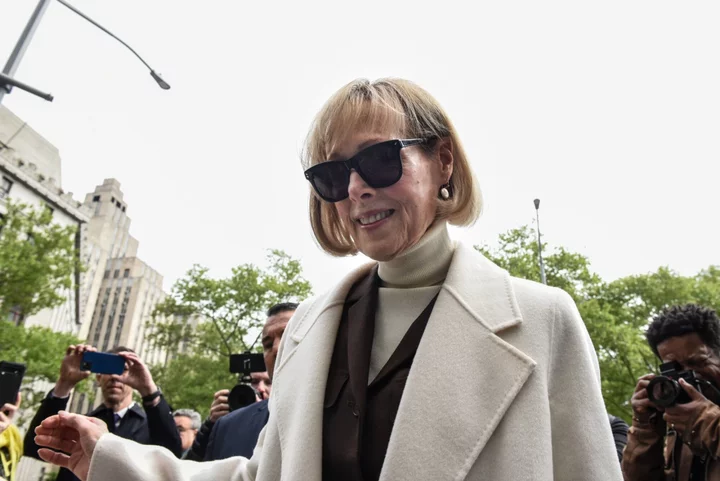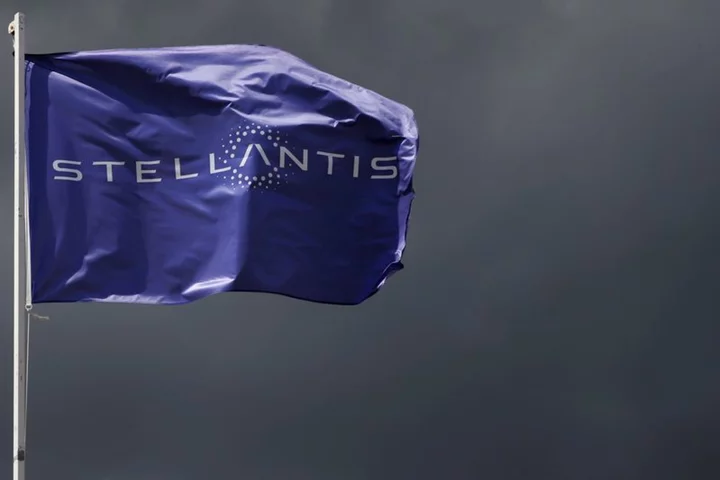WASHINGTON (AP) — For more than a year, the U.S. economy has defied predictions of a forthcoming recession. It has withstood 10 interest rate hikes in 16 months from an inflation-fighting Federal Reserve. In June, America's employers added a healthy 209,000 jobs.
Will the economy remain resilient? Can the Fed achieve a notoriously difficult “soft landing” — slowing growth just enough to tame inflation without causing a recession?
The Associated Press spoke recently with Gus Faucher, chief economist at PNC Financial Services Group. The conversation has been edited for length and clarity.
Q: The job market is cooling but remains strong. Does that suggest a soft landing?
A: What we have seen in the job market so far in 2023 is consistent with a soft landing. Over the past three months, we’ve added 244,000 jobs per month. That’s still too high from the Fed’s perspective but much better than what we had at the end of last year. Although it’s consistent with a soft landing, it’s also consistent with a story where job growth continues to slow, the economy continues to weaken and we get a recession at the end of 2023. We don’t know what the outcome will be. It’s more likely than not that we get a recession.
Q: When would a downturn begin?
A: A few months ago, we were seeing it starting in the second half of 2023. Now we’re seeing late 2023 or early 2024. The labor market is still holding up. Consumers are still in decent shape. But I do think we will continue to feel the impact of the Fed’s monetary tightening. By the end of this year or sometime early next year, those higher rates will be a significant drag on economic activity and lead to recession. But the economy has held up somewhat better than we were expecting.
The economy just can’t continue to add this many jobs per month. We just don’t have the labor force out there.
Q: Where is inflation headed?
A: We will see slowing inflation. If you go back to 2021, 2022, a lot of that inflation was coming on the goods side. Now, the inflation is coming on the services side. Services inflation tends to be stickier, and it tends to be more driven by what’s going on in the labor market. So the tight labor market is contributing to high services inflation. That will contribute to inflation remaining higher than the Fed would like in the near term. By the end of this year, early next year, we will see a significant softening in the labor market that will help bring inflation down to the Fed’s 2% target.
Q: Will the job market continue to favor workers over the longer term?
A: We have seen structural changes. The pandemic pushed forward a lot of retirements. You had people who were close to retirement in 2020 and planning on working a few more years. But when the pandemic came along, they decided to retire. The remaining workers have more bargaining power. Businesses are going to need to rethink a lot of things about pay, about benefits, about workplace flexibility.

